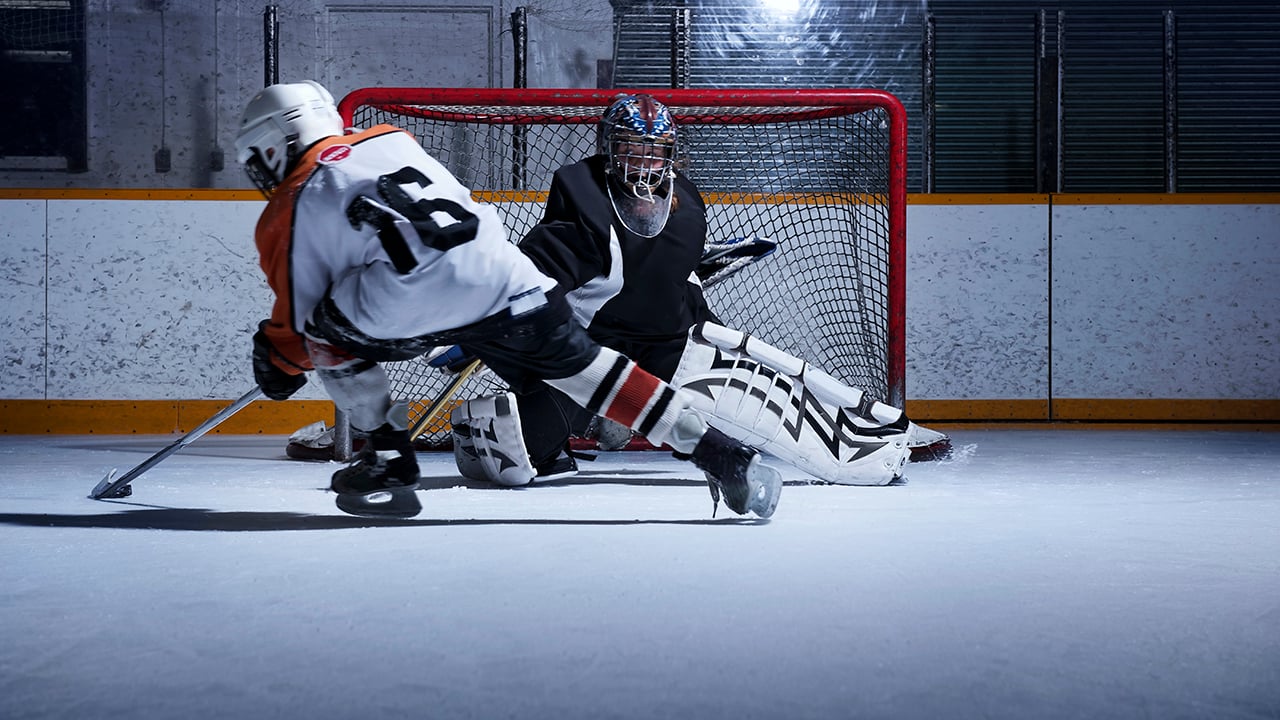- Doctors & Departments
-
Conditions & Advice
- Overview
- Conditions and Symptoms
- ¿Está enfermo su hijo?
- Parent Resources
- The Connection Journey
- Calma Un Bebé Que Llora
- Sports Articles
- Dosage Tables
- Baby Guide
-
Your Visit
- Overview
- Prepare for Your Visit
- Your Overnight Stay
- Send a Cheer Card
- Family and Patient Resources
- Patient Cost Estimate
- Insurance and Financial Resources
- Online Bill Pay
- Medical Records
- Política y procedimientos en el hospital
- Preguntamos Porque Nos Importa
-
Community
- Overview
- Addressing the Youth Mental Health Crisis
- Calendar of Events
- Child Health Advocacy
- Community Health
- Community Partners
- Corporate Relations
- Global Health
- Patient Advocacy
- Patient Stories
- Pediatric Affiliations
- Support Children’s Colorado
- Specialty Outreach Clinics
Your Support Matters
Upcoming Events
Mental Health Town Hall
martes, 23 de abril de 2024Join Children’s Hospital Colorado pediatric experts for a virtual...
-
Research & Innovation
- Overview
- Clinical Trials
- Q: Pediatric Health Advances
- Discoveries and Milestones
- Training and Internships
- Academic Affiliation
- Investigator Resources
- Funding Opportunities
- Center For Innovation
- Support Our Research
- Research Areas

It starts with a Q:
For the latest cutting-edge research, innovative collaborations and remarkable discoveries in child health, read stories from across all our areas of study in Q: Advances and Answers in Pediatric Health.


We care for patients’ growing muscles, joints and bones through sports medicine, surgery, rehabilitation and research.

At the Sports Medicine Center at Children’s Hospital Colorado, we work specifically with young athletes. Our sole focus is to help your child, teen or young adult play, excel and enjoy the sports they love, including ice hockey.
Why are we experts at caring for kids and young athletes who play hockey?
To best care for this unique population of fast-paced and aggressive athletes, we have a special team of Sports Medicine experts who specialize in treating kids and young adults with hockey injuries.
What is hockey’s impact on the body?

There are more than 500,000 registered amateur hockey players in the United States alone. With players skating at speeds in excess of 30 miles per hour (mph) and rubber pucks racing by at speeds up to 100 mph, it’s no surprise that getting hurt can become “part of the game.” Collisions with other players and falls on hard ice can lead to concussions, bone, ligament and joint injuries, in addition to cuts from sharp skate blades.
What are common hockey injuries?
- Concussion: Concussion remains the most common injury suffered by hockey players. Contrary to common perception, most concussions do not involve loss of consciousness and can occur with vague symptoms such as dizziness, headaches and emotional irritability. Using mandatory helmets and facemasks can help minimize the risk. Parents should also ensure that equipment fits well and is properly fastened. Teaching your child “safe play” and avoiding direct head contact can also help to minimize risk.
- Knee injuries: Injury to the medial collateral ligament (MCL) of the knee is the second-most common injury in hockey. The MCL injury occurs when the ligament on the inner part of the knee stretches or tears. Although painful, this injury usually does not require surgery, and a player can typically return to the ice within a couple of weeks. Kids who are still growing should be checked by a sports medicine specialist to rule out an injury to their growth plate.
- Shoulder injuries: Injuries to the acromioclavicular joint (AC joint) and clavicle (collarbone) frequently occur when a player is “checked” or shoved against the boards or falls on the ice. Fortunately, these injuries do not commonly require surgery but should be evaluated by a medical professional to determine the appropriate treatment and minimize lost playing time.
- Ankle injuries: Although the height of the skate offers protection against the typical “ankle sprain,” the high speeds and rapid direction changes that occur while skating places the ankle at a higher risk for torque injuries and “high ankle sprains.” This injury often leads to the greatest loss of playing time due to the long healing process. In a recent study, ankle injuries in hockey resulted in an average playing-time loss of more than 5 games and 15 practices.
Resources and tips for parents and coaches
Regardless of the level at which a young athlete is playing, wearing appropriate protective equipment is the best defense against injury. At a minimum, athletes should wear helmets and face masks with a mouth guard, along with shoulder, elbow and shin pads, padded hockey pants, gloves, and an athletic supporter. Check out our sports blog for more tips.
Simply wearing the right equipment has dramatically reduced the risk of eye and dental injuries and lacerations (cuts), which are commonly associated with ice hockey. If you or your child has any of these injuries and would like further information or an appointment at Children’s Colorado, we have a team of Sports Medicine specialists with expertise in getting young athletes back on the ice.
Learn more about our Sports Medicine Center.
Need Advice for Your Young Athlete?
Check out our sports articles, written by our Sports Medicine experts. You'll find advice and tips for parents, coaches, trainers and young athletes.



 720-777-0123
720-777-0123



